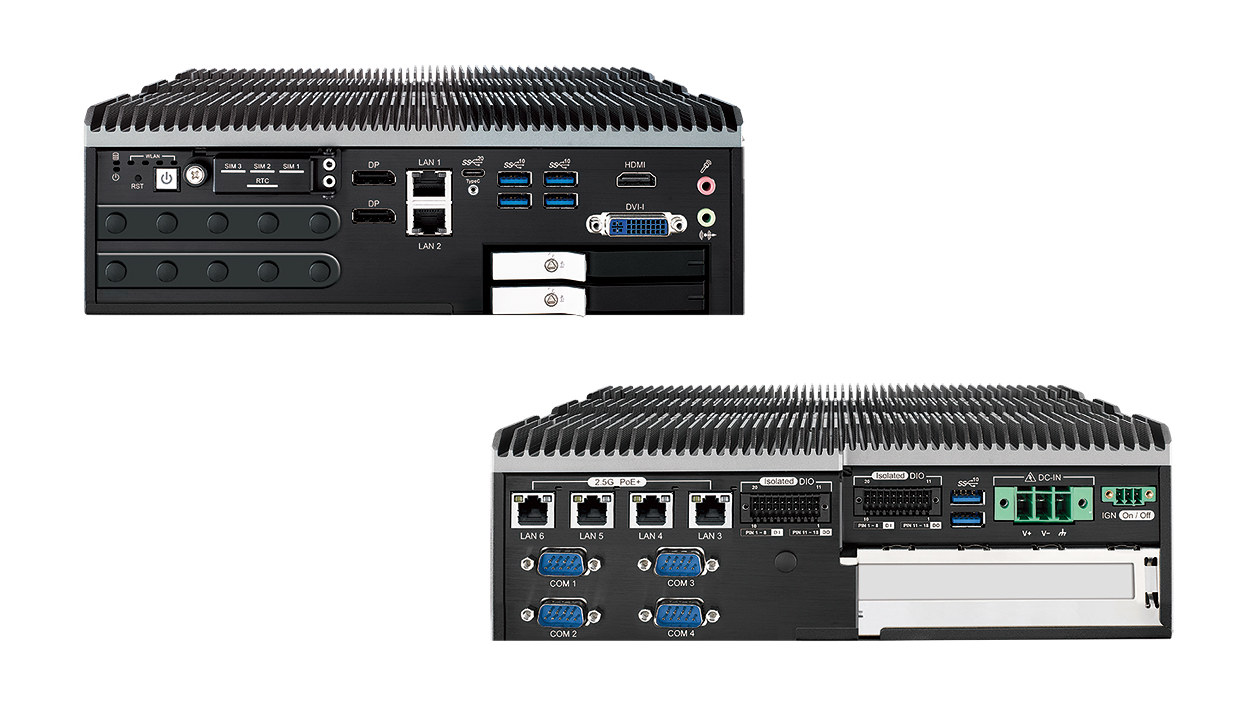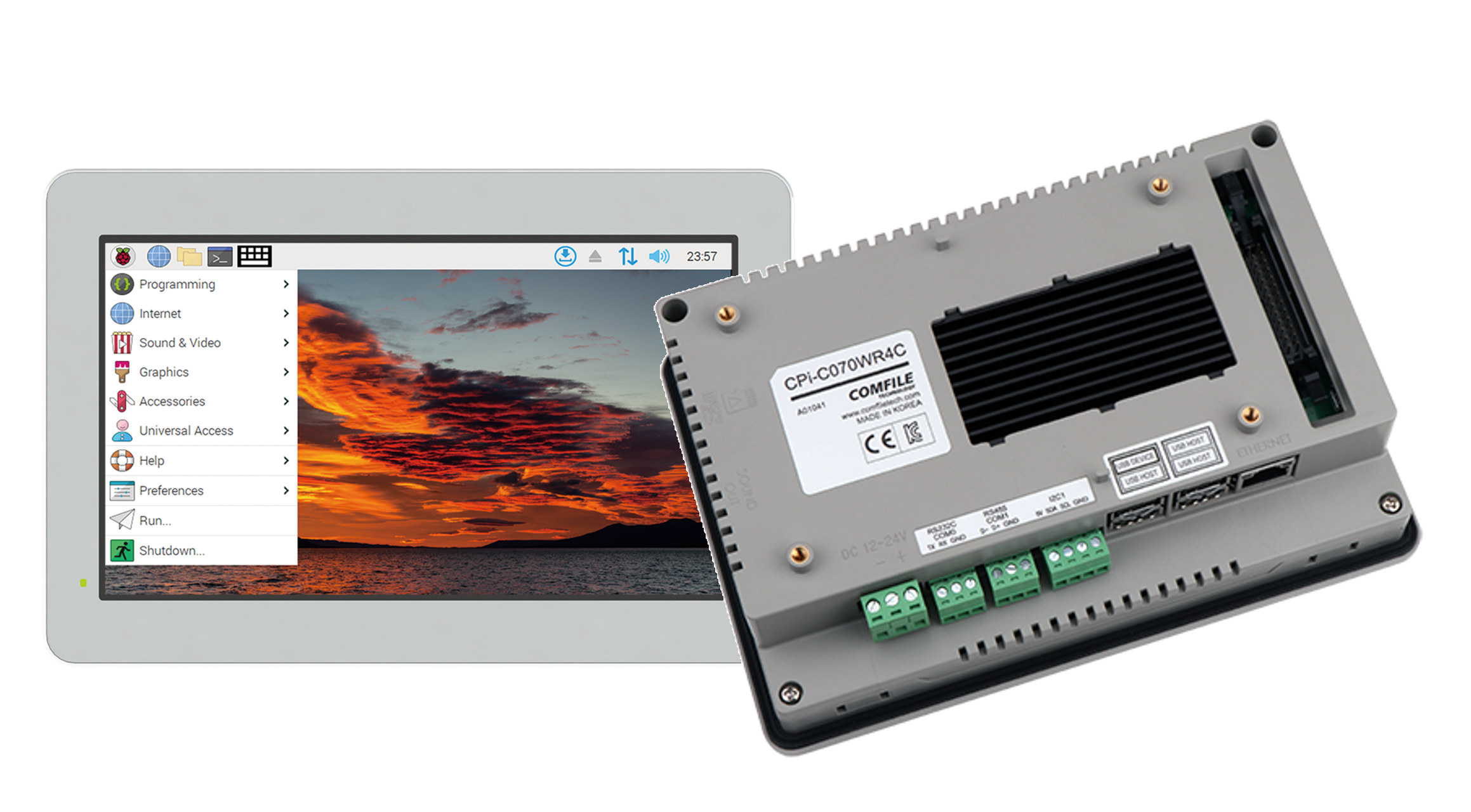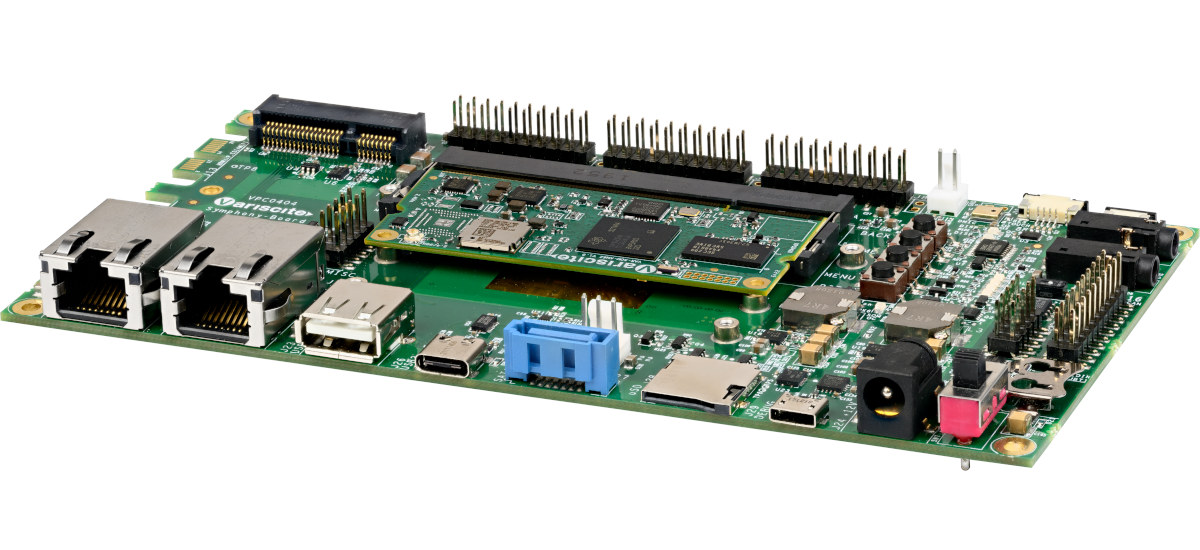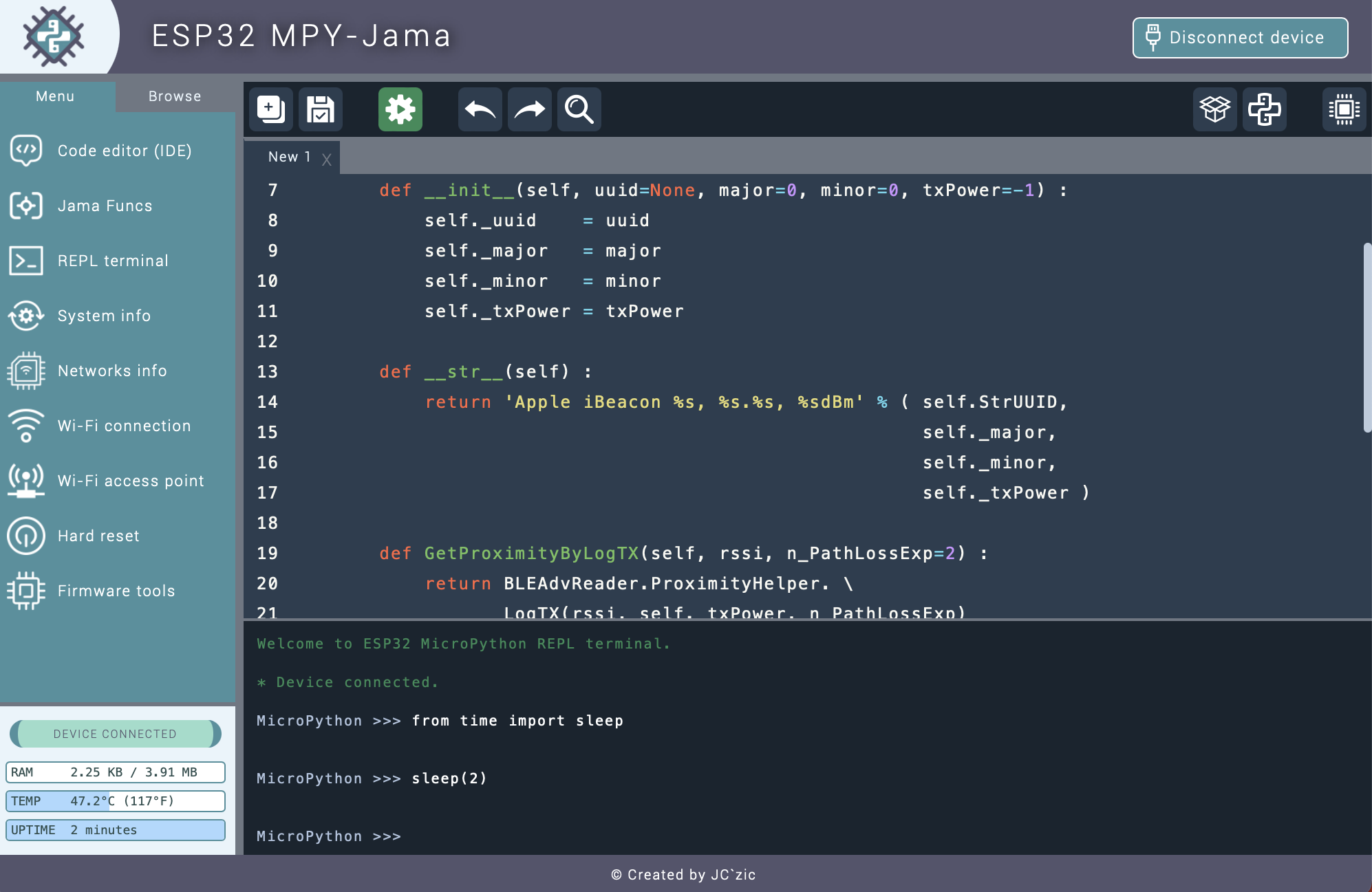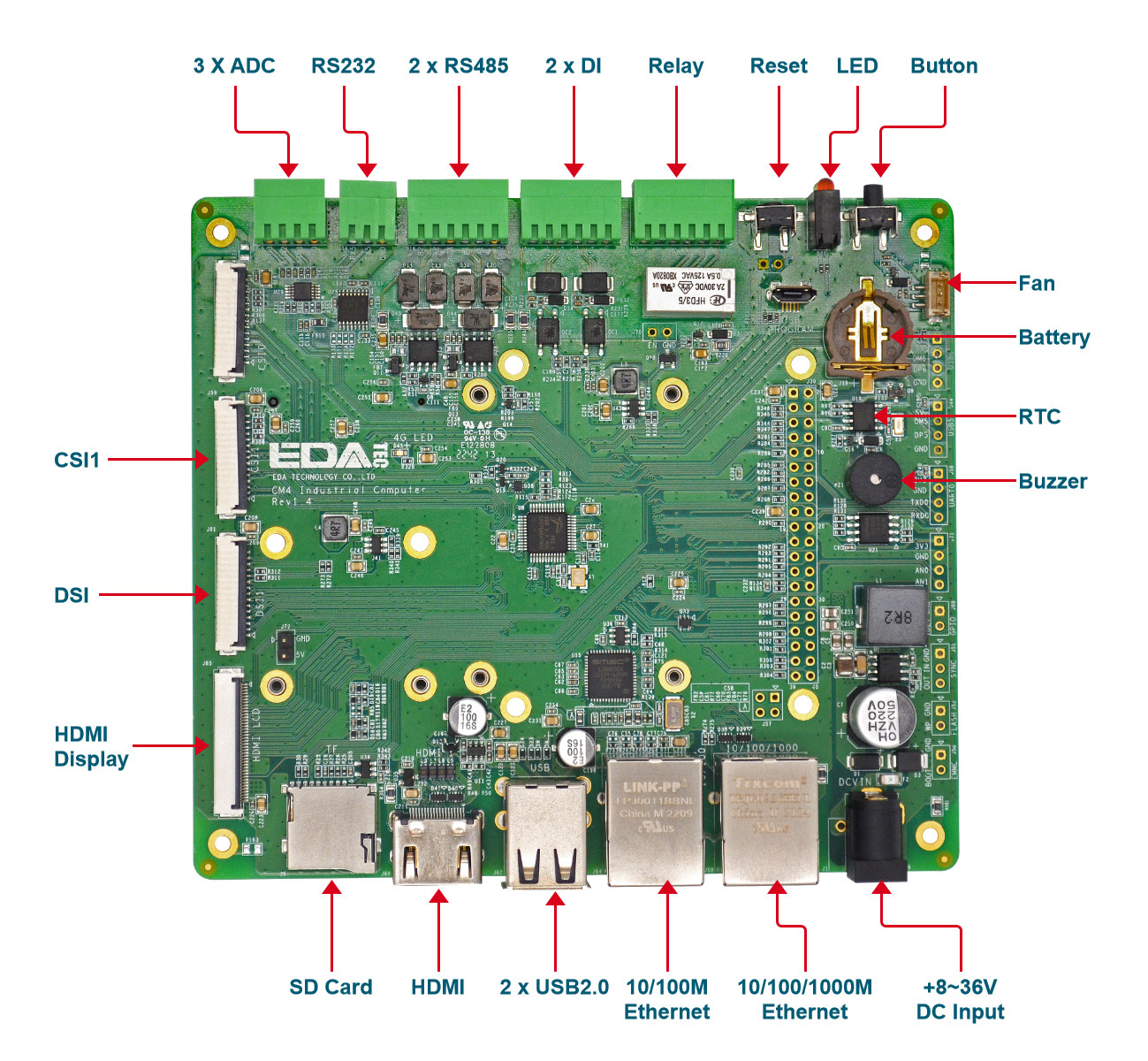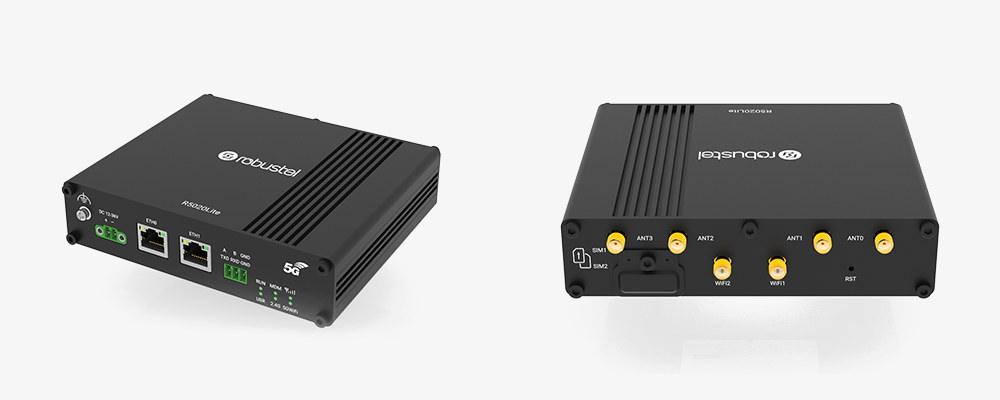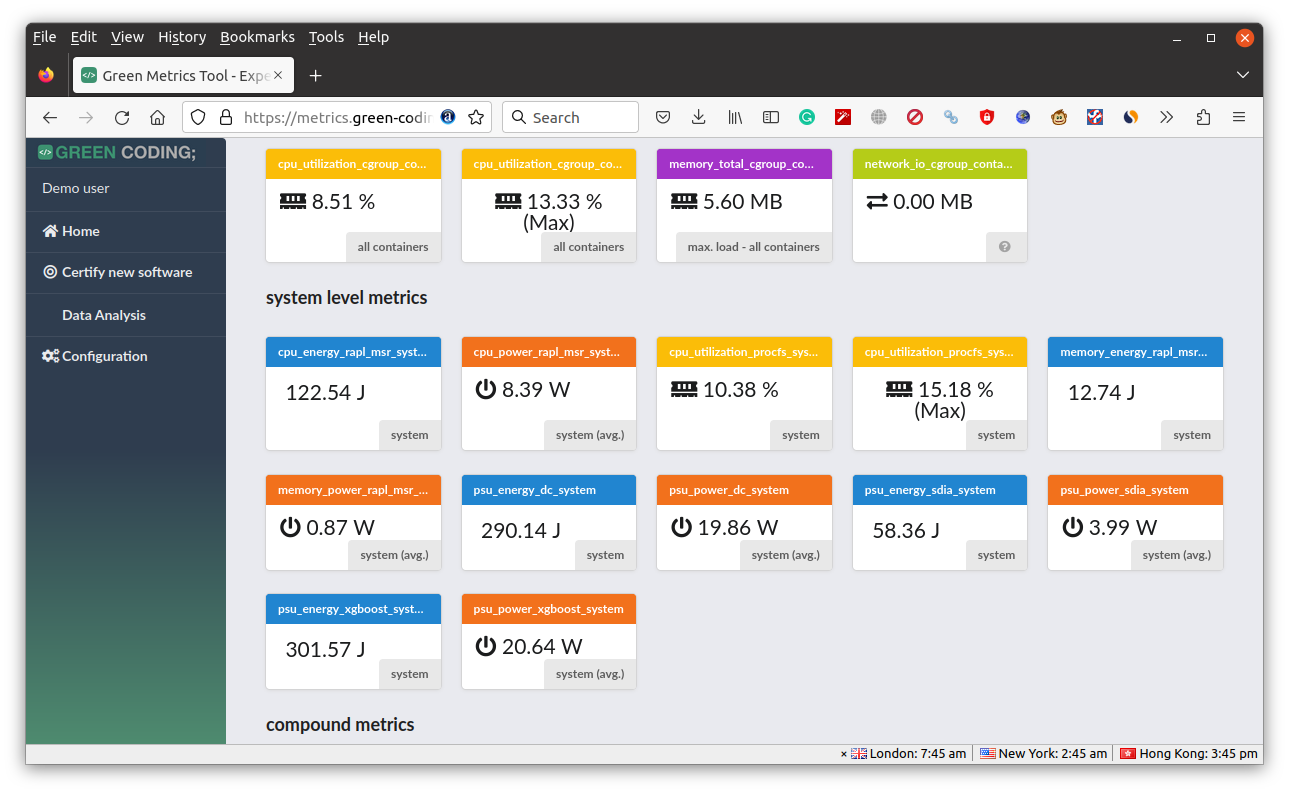Vecow ECX-3200 is an expandable, fanless embedded system powered by Intel 13th generation Core i9/i7/i5/i3 Raptor Lake-S processor or 12th generation Alder Lake-S processor designed for rugged Machine Vision, AMR, Rolling Stock, Smart Retail and Edge AI applications. The ECX-3200 supports up to 64GB DDR5, SATA & NVMe storage, offers four 2.5GbE RJ45 or M12 ports with PoE+ on the rear panel, plus one additional Gigabit Ethernet port and a 2.5GbE port on the front panel, four video outputs up to 8Kp60 resolution, several USB 3.2 ports up to 20 Gbps, some serial ports, as well as isolated I/Os. Vecow ECX-3200 specifications: SoC Up to 24-core 13th Gen Intel Core i9/i7/i5/i3 Raptor Lake-S processor with Intel Xe graphics Up to 16-core 12th Gen Intel Core i9/i7/i5/i3 Processor Alder Lake-S processor with Intex Xe graphics System Memory – Up to 64GB DDR5-4800 (2x 32GB) via 2x SO-DIMM sockets Storage 2x SATA […]
Balthazar – An open-source hardware modular RISC-V, Arm, or FPGA laptop
The Balthazar Personal Computing Device (BPCD) is an open-source hardware 13.3-inch laptop with a RISC-V, Arm, or FPGA module and designed to be upgradable, expandable, and sustainable. The developers say the laptop is based on a few concepts inspired by the EOMA68 project. The EOMA68 is a CPU module based on the PCMCIA form factor, and an Allwinner A20 EOMA68 module was showcased in a prototype of the Rhombus Tech 15.6-inch Libre Laptop but I don’t think the project was ever manufactured. Balthazar laptop features: SoM with RISC-V, FPGA, or Arm Cortex-A7x processor plus memory and flash Storage – SATA SSD, eSATA connector, microSD card socket Display – 13.3-inch non-glare display Video Output – HDMI Audio – Speakers, detachable microphone array Camera – Detachable webcam Connectivity – Ethernet, WiFi USB – 2x USB 3.0 ports, Micro USB OTG port, Micro USB port User input Waterproof keyboard with an illuminated track-point […]
Raspberry Pi CM4 based 7-inch industrial Panel PC takes IO board with RS232, 12V-24V inputs and outputs
The ComfilePi CPi-C070WR4C is a 7-inch industrial Panel PC powered by a Raspberry Pi CM4 module with GPIO, RS-232, RS-485, and I2C interfaces as well as the ability to add two more RS232 interfaces and several 12V-24V DC inputs and outputs through an I/O board connected to the GPIO port of the panel PC. The new panel PC is an update to the ComfilePi Industrial Touch Panel PC introduced with a Raspberry Pi CM3 module in 2017. Besides upgrading to a more powerful Raspberry Pi Compute Module 4, COMFILE also makes use of an RS-485 port that utilizes a full UART interface that does not exhibit the limitations of the mini-UART interface, and also added the CP-IO13-4C I/O board for even more expansion capabilities. ComfilePi CPi-C070WR4C specifications: SoM – Raspberry Pi Compute Module 4 with SoC – Broadcom BCM2711 quad-core Arm Cortex-A72 processor @ 1.5GHz with VideoCore Vi GPU supporting […]
VAR-SOM-AM62 System-on-Module features TI AM625x Cortex-A53/M4 SoC
Variscite VAR-SOM-AM62 is a System-on-Module (SoM) powered by a Texas Instruments Ti AM625x quad-core Cortex-A53 processor @ up to 1.4 GHz with a 400MHz Cortex-M4F cores and 333MHz PRU real-time co-processors to control I/Os. The module also supports up to 4GB RAM and 128GB eMMC flash, features a single or dual-band WiFi + BT/BLE5.2 module, and offers up to 3x CAN Bus, dual GbE, audio, camera in, and dual USB, among other interfaces. It is designed for industrial applications with a -40 to 85°C operating temperature range. VAR-SOM-AM62 specifications: SoC – Texas Instruments Sitara AM62x (AM6252 or AM6254) with Up to 4x Arm Cortex-A53 @ 1.4 GHz 1x Arm Cortex M4F up to @ 400 MHz 1x PRUSS up to @ 333 MHz (only in industrial-grade modules) GPUs – 3D GPU with OpenGL ES 3.1 & Vulkan1.2, 2D graphics engine System Memory – 512MB to 4GB DDR4-3200 RAM @ 800MHz […]
ESP32 MPY-Jama is a MicroPython IDE for ESP32 boards
ESP32 MPY-Jama is a cross-platform MicroPython IDE specifically designed for ESP32 boards with a file manager, a REPL terminal, real-time dashboards, and various ESP32-specific features. The IDE is an open-source Python program using pyWebView and pySerial plus some JavaScript for the user interface, and the developer of the program, Jean-Christophe Bos, provides binaries for Windows 64-bit and macOS 64-bit Arm or x86. It’s also possible to use it in Linux but needs to be built from source. Some of the key features of the ESP32 MPY-Jama IDE include: MicroPython code editor with syntax highlighting REPL interface Access to information dashboards with real-time data about WiFi and Bluetooth connections, system info with GPIO status, CPU frequency, memory and SPI flash details Easy 2-click methods to connect to WiFi and create an access point Graphical interface to install a new firmware through esptool Ability to create, import, and run “Jama Funcs” mini-applications […]
EDATEC CM4 Industrial – An Raspberry Pi CM4 computer for IIoT, automation, and industrial control
EDATEC CM4 Industrial is both a Raspberry Pi CM4 carrier board and a computer for industrial IoT, control, and automation that expands on the company’s CM4 Sensing and CM4 Nano solutions with more features and interfaces. The system notably offers two RS485, one RS232, three analog inputs, two digital inputs, and one relay output through terminal blocks, as well as optional WiFi, Bluetooth, and 4G LTE + GPS connectivity, and a wide DC voltage range of 8V to 36V. EDATEC CM4 Industrial specifications: SoM – Raspberry Pi CM4 module with SoC – Broadcom BCM2711 quad-core Arm Cortex-A72 processor @ 1.5GHz with VideoCore Vi GPU supporting OpenGLES 3.1, Vulkan 1.x, H.265 (HEVC) (up to 4Kp60 decode), H.264 (up to 1080p60 decode, 1080p30 encode) System Memory – 1GB, 2GB, 4GB, or 8GB LPDDR4-3200 SDRAM Storage Optional 8GB/16GB/32GB eMMC flash for system boot MicroSD card slot for booting the system on a Raspberry […]
Robustel R5020 Lite 5G router targets industrial applications
Robustel R5020 Lite is an industrial 5G router with 4G LTE Cat 18 fallback, two Gigabit Ethernet ports and WiFi 5 connectivity, as well as features such as an RS232 or RS485 serial port, wide 12-36V DC power input, and support for an extended temperature range. The company says the R5020 Lite is especially well suited for “Enterprise / SD-WAN applications as a ‘5G managed modem’”, and it can also be used as a backup for fixed line broadband, for primary broadband access, as well as for Industrial IoT (IIoT) applications like industrial automation, autonomous robots, and Smart Transportation applications. Robustel R5020 Lite 5G router specifications: SoC – Undisclosed System Memory – “Available for SDK”: 128MB RAM Storage – “Available for SDK”: 5MB flash Connectivity Cellular – 5G/4G/3G Global frequency bands 5G: NR SA/NSA: n1/n2/n3/n5/n7/n8/n12/n13/n14/n20/n25/n26/n28/n29/n30/n38/n40/n41/n48/n66/n71/n75/n76/n77/n78/n79 4G LTE FDD: B1/B2/B3/B4/B5/B7/B8/B12/B13/B14/B17/B18/B19/B20/B25/B26/B28/B29/B30/B32/B66/B71 LTE TDD: B34/B38/B39/B40/B41/B42/B43/B48 LAA: B46 (only supports 2 x 2 MIMO) […]
Green Metrics Tool helps developers measuring & optimizing software power consumption
The Green Metrics Tool (GMT) is an open-source framework that allows the measurement, comparison, and optimization of the energy consumption of software with the goal of empowering both software engineers and users to make educated decisions about libraries, code snippets, and software in order to save energy along with carbon emissions. While the firmware of battery-powered embedded devices and the OS running on your smartphone are typically optimized for low power consumption in order to extend the battery life, the same can not be said of most software running on SBCs, desktop computers, and servers. But there are still benefits of having power-optimized programs on this type of hardware including lower electricity bills, a lower carbon footprint, and potentially quieter devices since the cooling fan may not have to be turned on as often. The Green Metrics Tool aims to help in that regard. The developers explain how that works: […]


